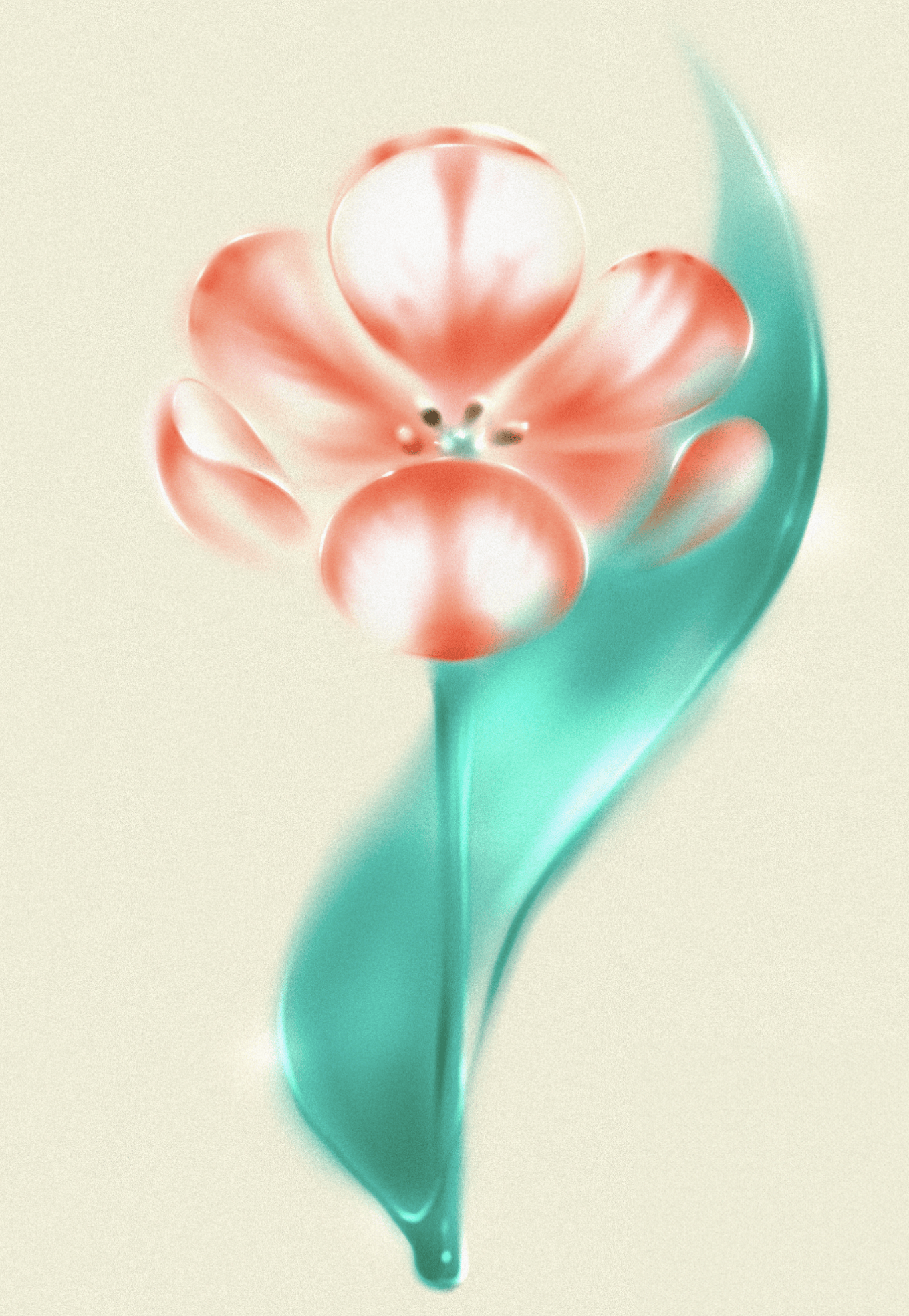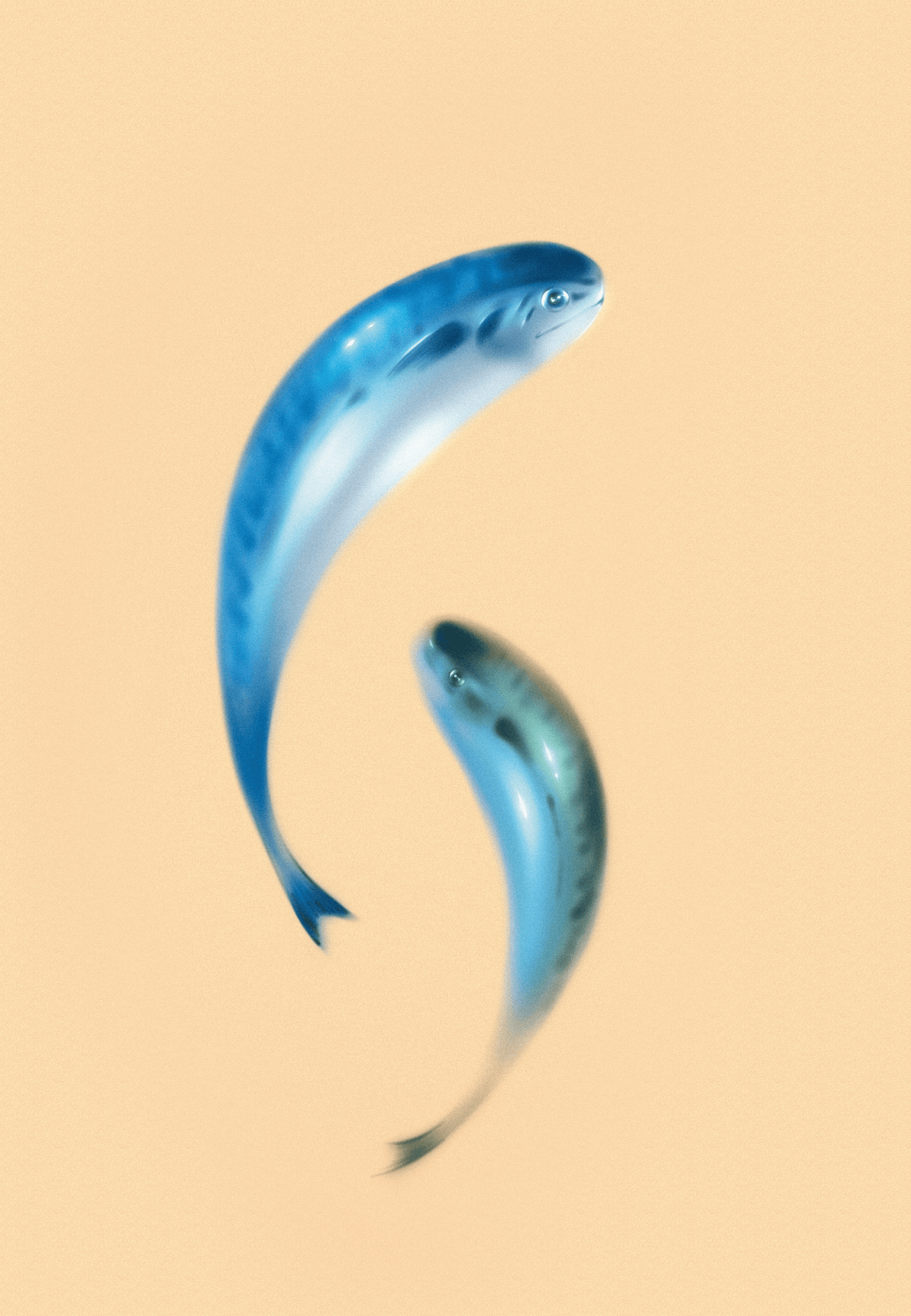CHRISTOPHER WALKER
SHUHUA XIONG
The way we use money might have stayed the same, but actual money —or what’s considered money—has had more reinventions and eras than Taylor Swift. From ancient clay tablets to credit cards, it’s shapeshifted based on the technological advances of the time, and the needs of the people using it. But it wasn’t always just rocks, paper or plastic; money has taken on some wild forms as it’s evolved.

01. Tulips
“Tulip Mania” engulfed 17th-century Holland during the Dutch Golden Age. Though not an official currency, tulips were highly prized, with some even traded for goods and services. At the height of the craze, a tulip bulb could allegedly cost as much as a house. Often cited as an allegory for speculative bubbles, some historians believe the tales of economic fallout may have been exaggerated, drawing from satirical poetry of the era.

02. Fish
Salted or canned, fish has a long history as currency. The Domesday Book documents eels as a way of paying rent in medieval England. Barrels of salted cod were used for settling accounts in 17th-Century Newfoundland, Canada. And in more recent times, cans of mackerel are widely reported as being used as currency in some modern-day prisons.

03. Shells
Shell money has been documented all around the world. Since they were easy to carry around and durable, they functioned well as currency. They became symbols of power and wealth, and some even wore their shell money as necklaces.

04. Whale Teeth
Considered precious stores of wealth in Fiji, whale teeth were also used for important social transactions. Usually the bigger and older the tooth, the higher the value.

05. Porcelain Tokens
Porcelain gaming counters were used for small transactions in some parts of 19th-century Siam (modern-day Thailand). Money anthropologists (such as Graeber) have noted local casinos who issued the counters sometimes went out of business and even sent a town crier to tell the locals to redeem them. The widely accepted commodities of gold or silver were used for major transactions instead. The parallels to certain crypto tokens and bitcoin today are quite remarkable.
